-
UNSW02: STRATOSPHERIC INFLUENCE ON EDDY DRIVEN JET POSITION
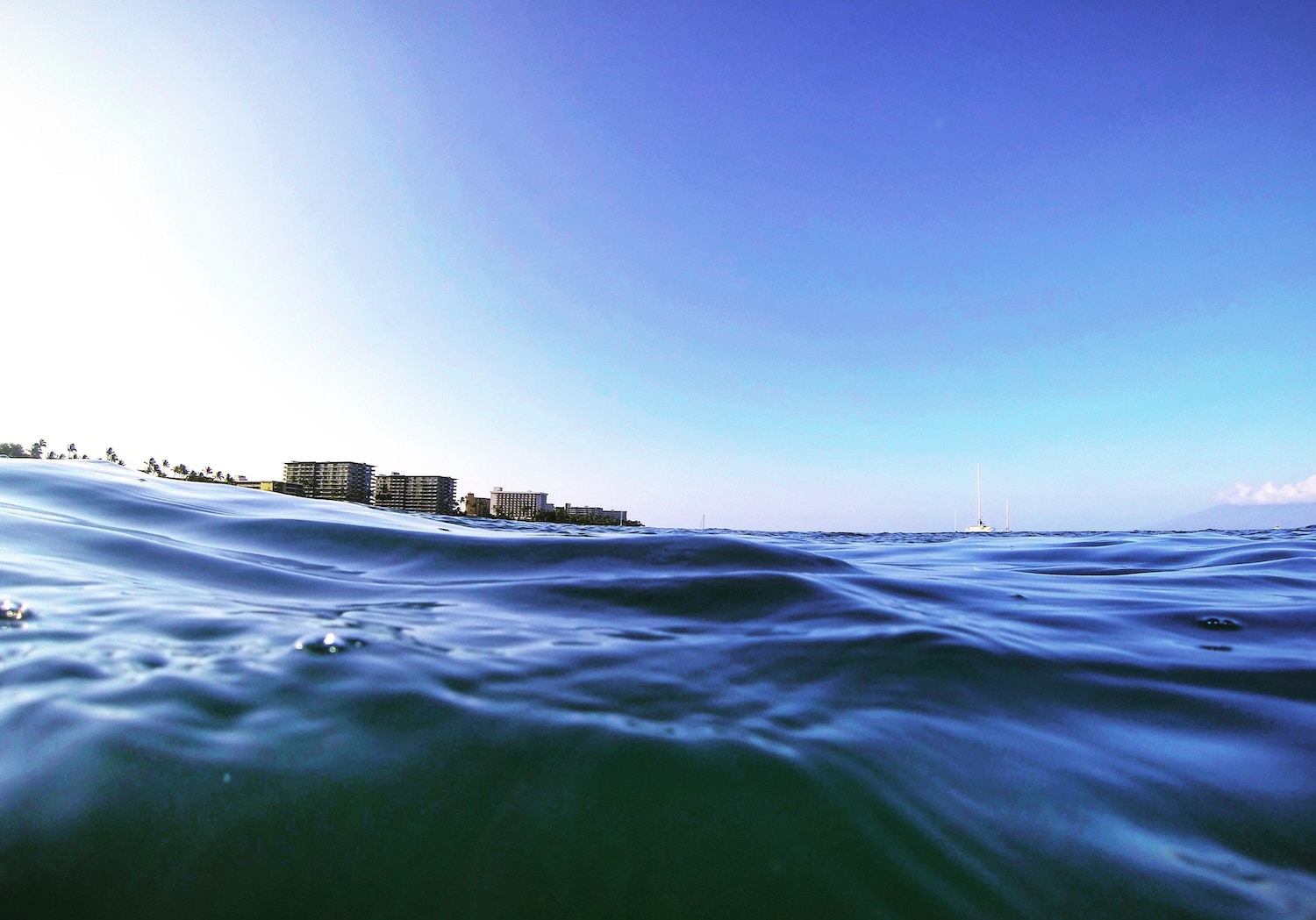
This project proposes a process-based approach to tackling the question of how the stratosphere and the troposphere are coupled. By employing a hierarchy of circulation models, it will put several basic mechanisms to the test.
-
ANU03: Understanding ocean heat transport to the Antarctic continental shelf
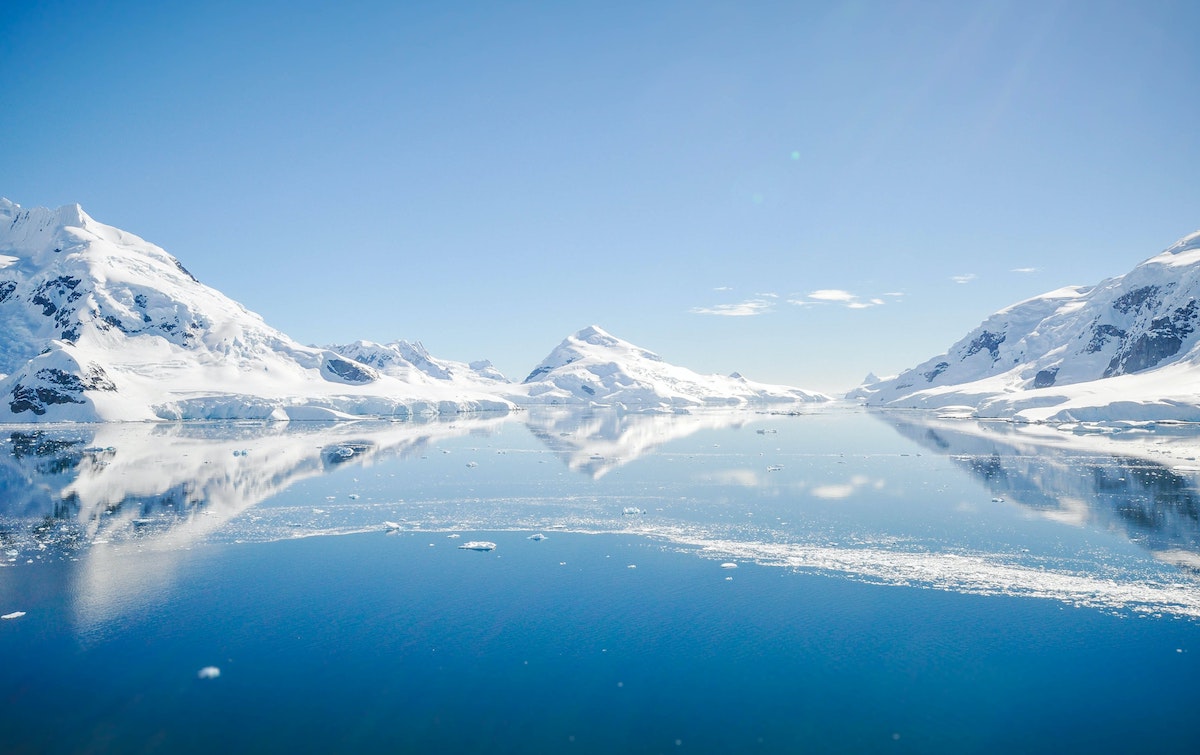
This project investigates access pathways of the relatively warm water to the continental shelf by analysing output from a coupled ocean – sea ice model. The student will gain experience in polar oceanography and in the analysis and visualisation of large numerical datasets using python.
-
ANU02: The timing of extreme rainfall in Australia using ACCESS-S1 model

This project will examine whether ACCESS-S1 model can replicate the observed seasonal pattern of extreme rainfall timing in Australia, and the relationship with large-scale drivers.
-
UTas02: Spatial mapping of Antarctic ice algal biomass using machine learning
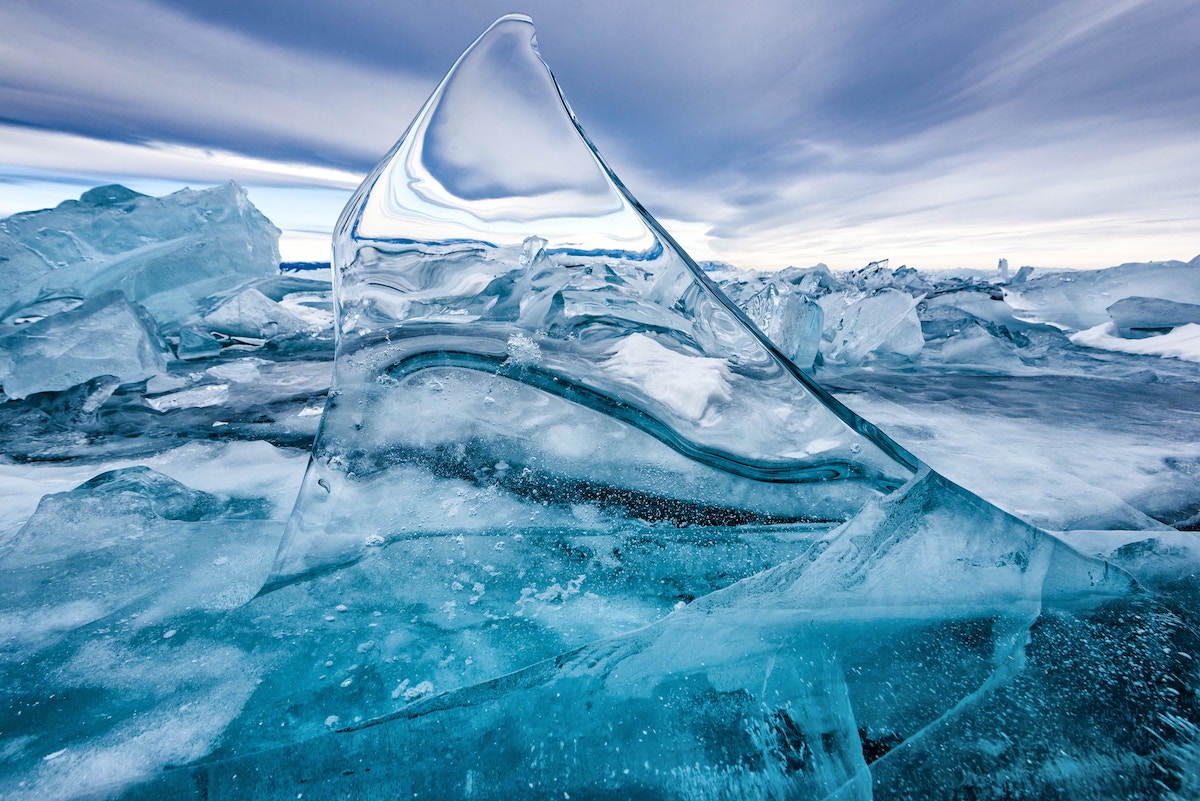
In this project, the selected student will develop a numerical algorithm to generate a spatial map of Antarctic ice algal biomass using Machine Learning.
-
UTas01: Understanding polar stratospheric cloud interactions

In this project, you will use unique data collected during the Antarctic winter to understand the interactions between PSCs, the tropopause, and very cold cirrus clouds which are present in the upper troposphere. You will also determine how small-scale changes in stratospheric winds influence the occurrence, composition and brightness of PSCs.
-
UNSW14: Developing a parametric extreme weather index for agricultural crop insurance
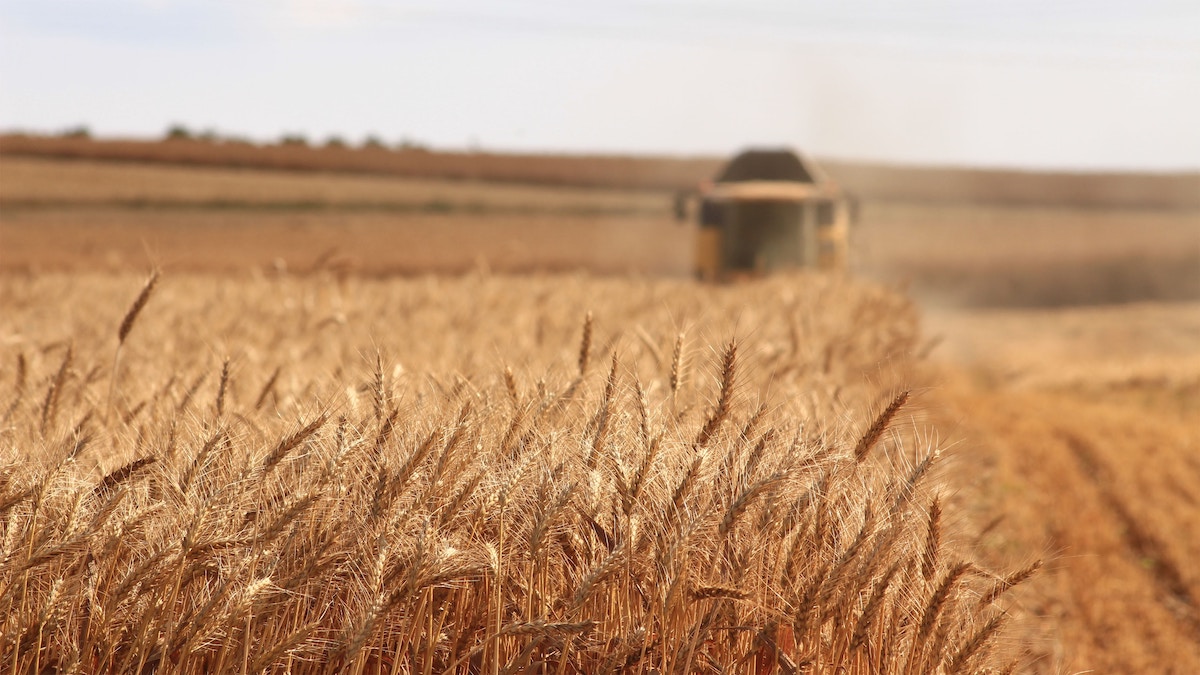
This project will explore the potential for developing site-based and event-based extreme weather indices for parametric crop insurance using reanalyses of atmospheric climate variables.
-
UNSW13: Can we find better models to simulate precipitation extremes over Australia?

The primary goal of this project is to conduct an evaluation of the CMIP5 models for precipitation extremes over Australia. To that end, the student will assess how models simulate key precipitation metrics in comparison to observations.
-
UNSW12: How well can we reconstruct past ocean circulation?
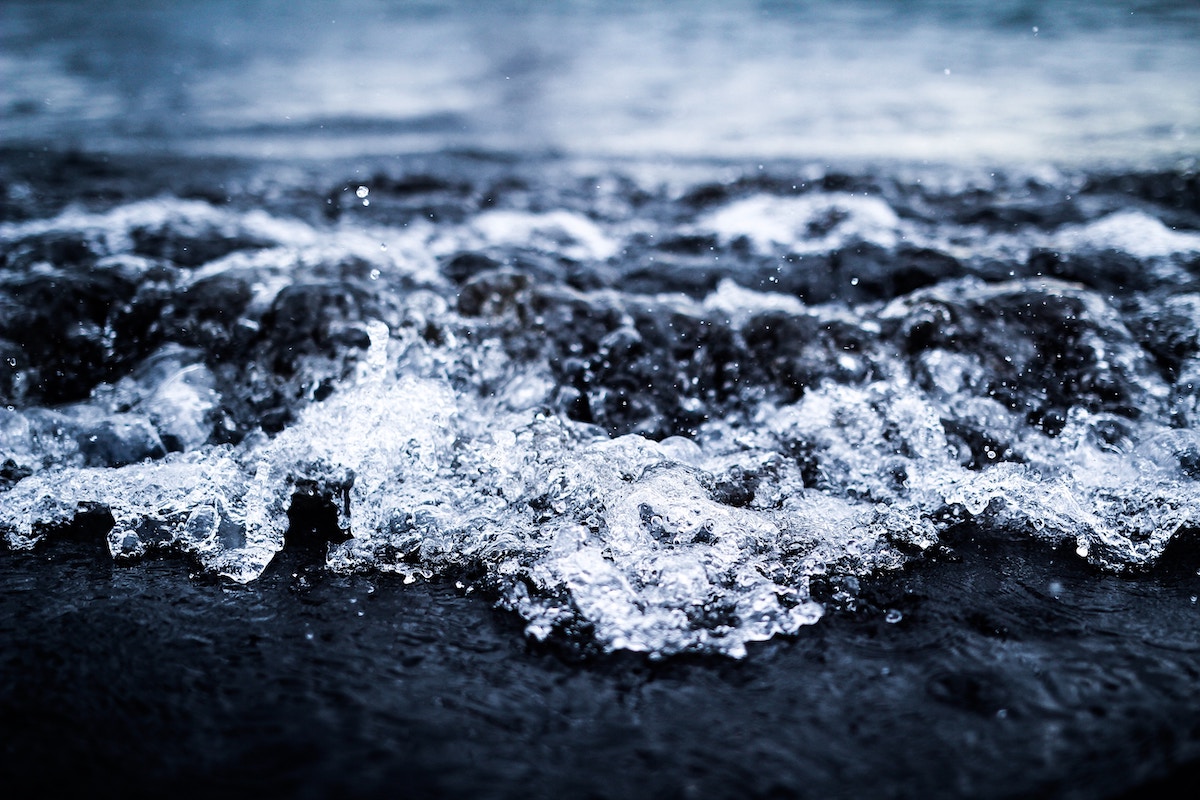
There is compelling evidence that under different climate states (e.g. glacial-interglacial cycles), the Atlantic Ocean has experienced significant water mass reorganisations and circulation changes. This project aims to better constrain these variations, using models able to simulate proxy variations.
-
UNSW11: Understanding Marine Heatwaves

In this project we will look at one of the two following questions: Do marine heatwaves occur preferentially in certain seasons, and if so why? Do marine heatwaves produce a consistent response in ocean primary production?
-
UNSW10: Air-sea heat exchange and upper ocean properties across the Polar Front in the Southern Ocean
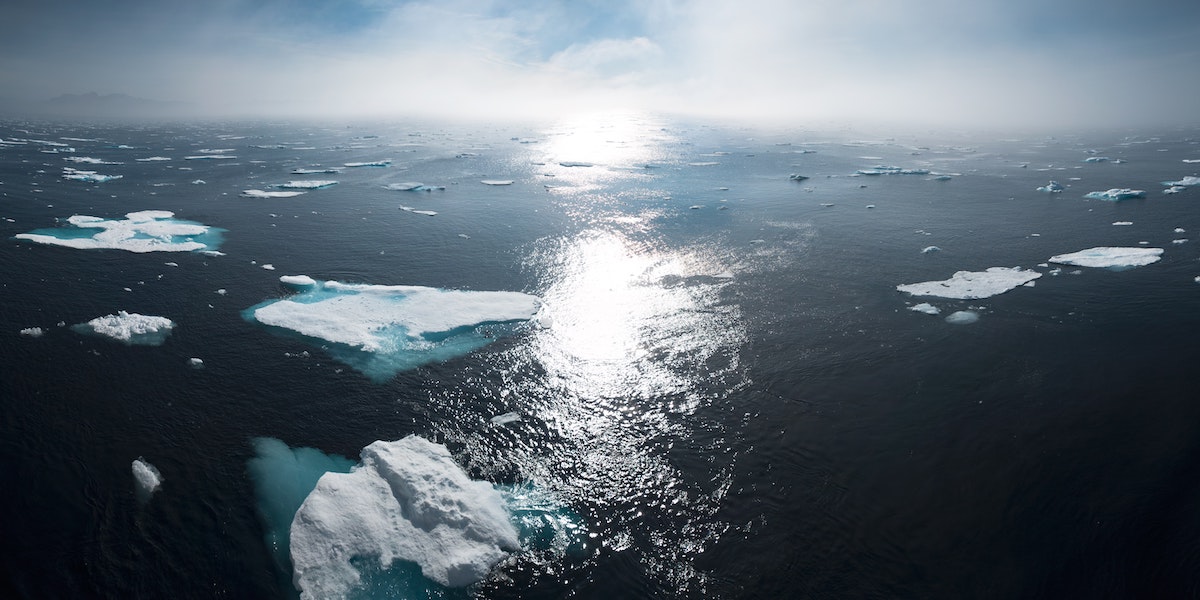
This project will quantify the impact of the front on air-sea exchange of heat and characterise how air-sea exchange and upper ocean properties change across the front.
